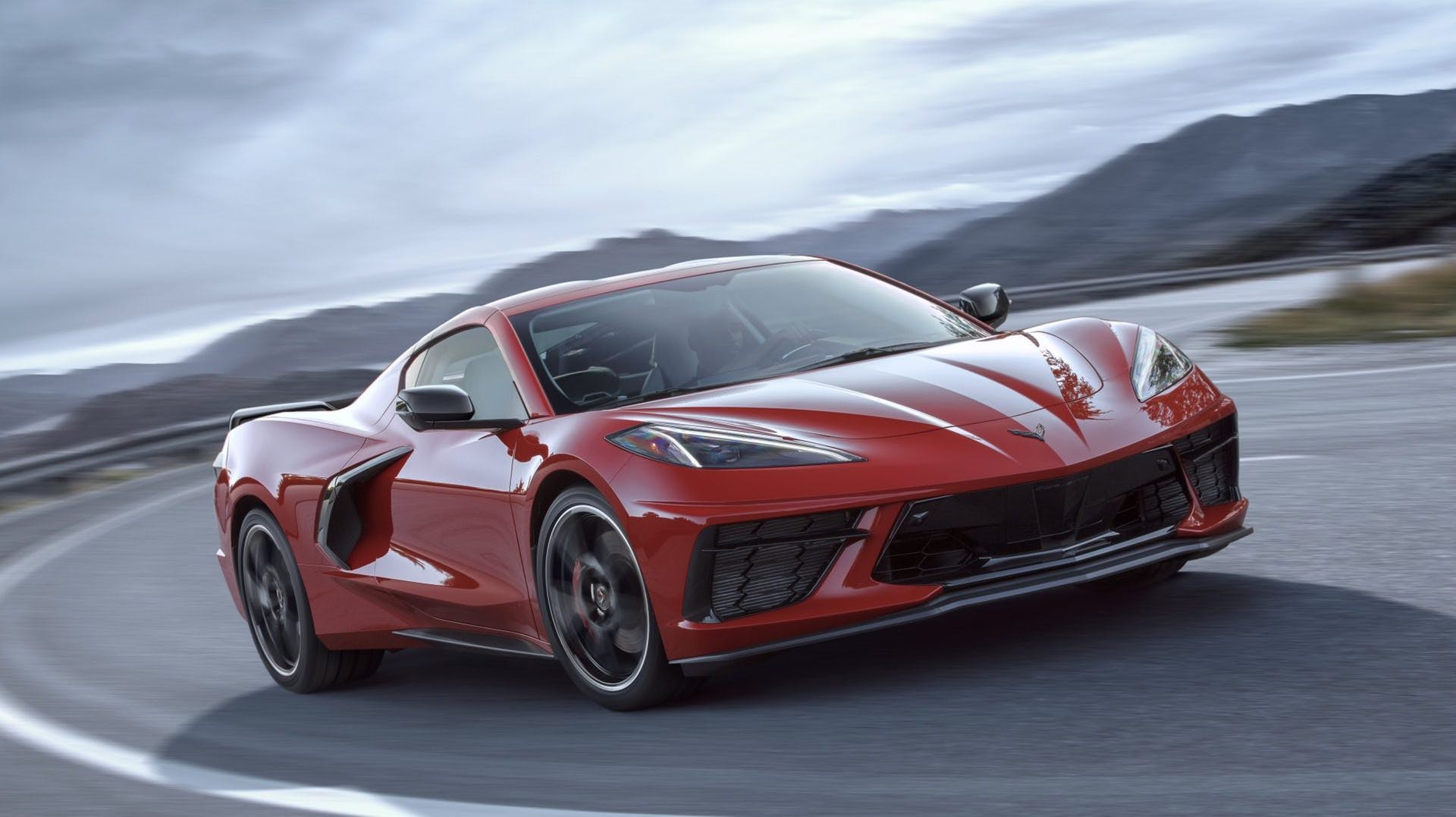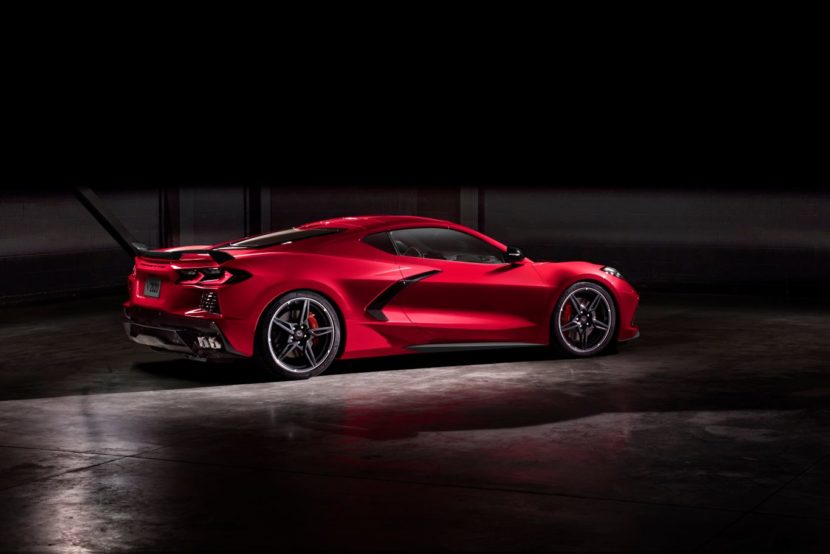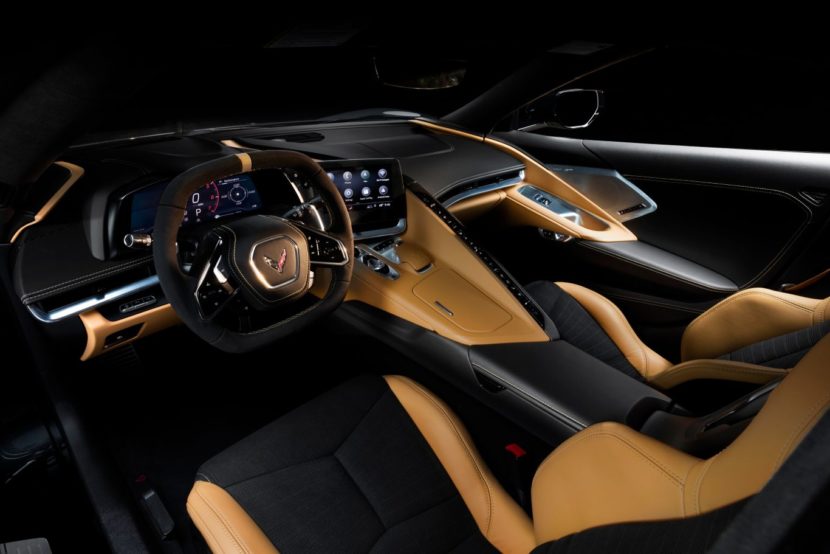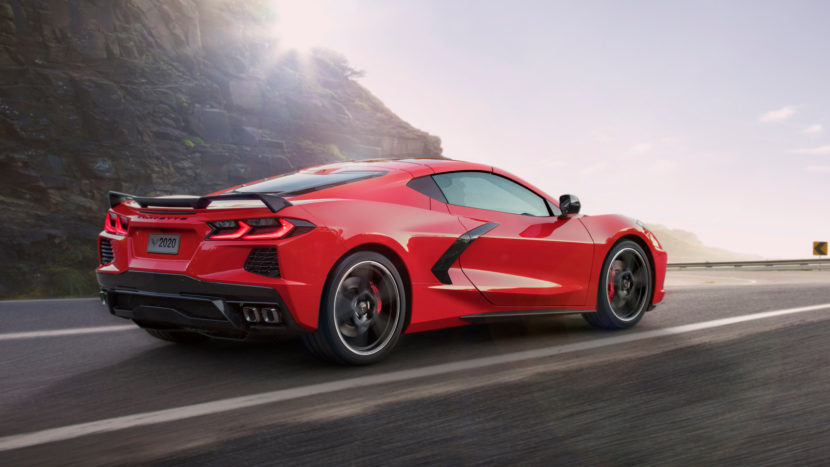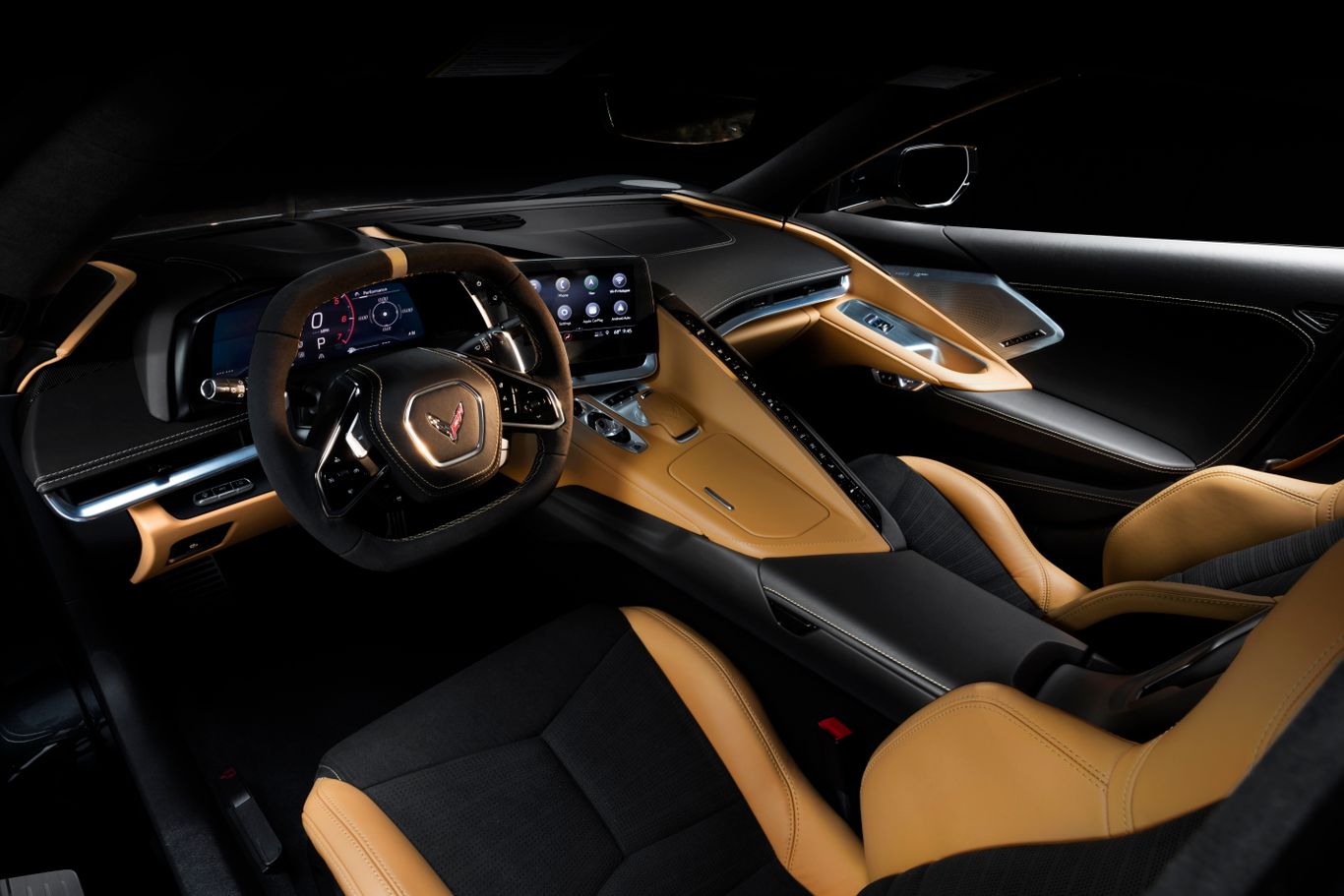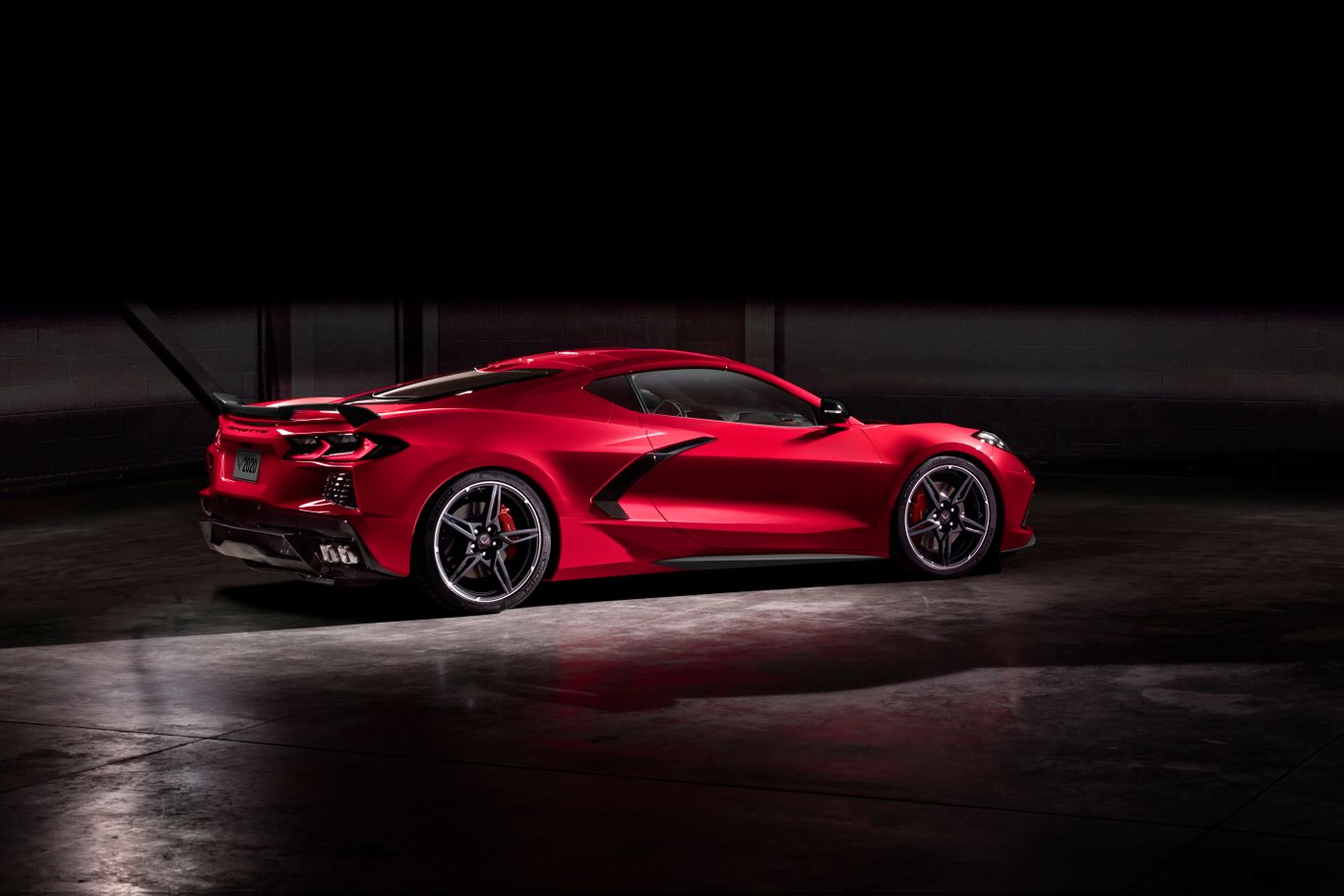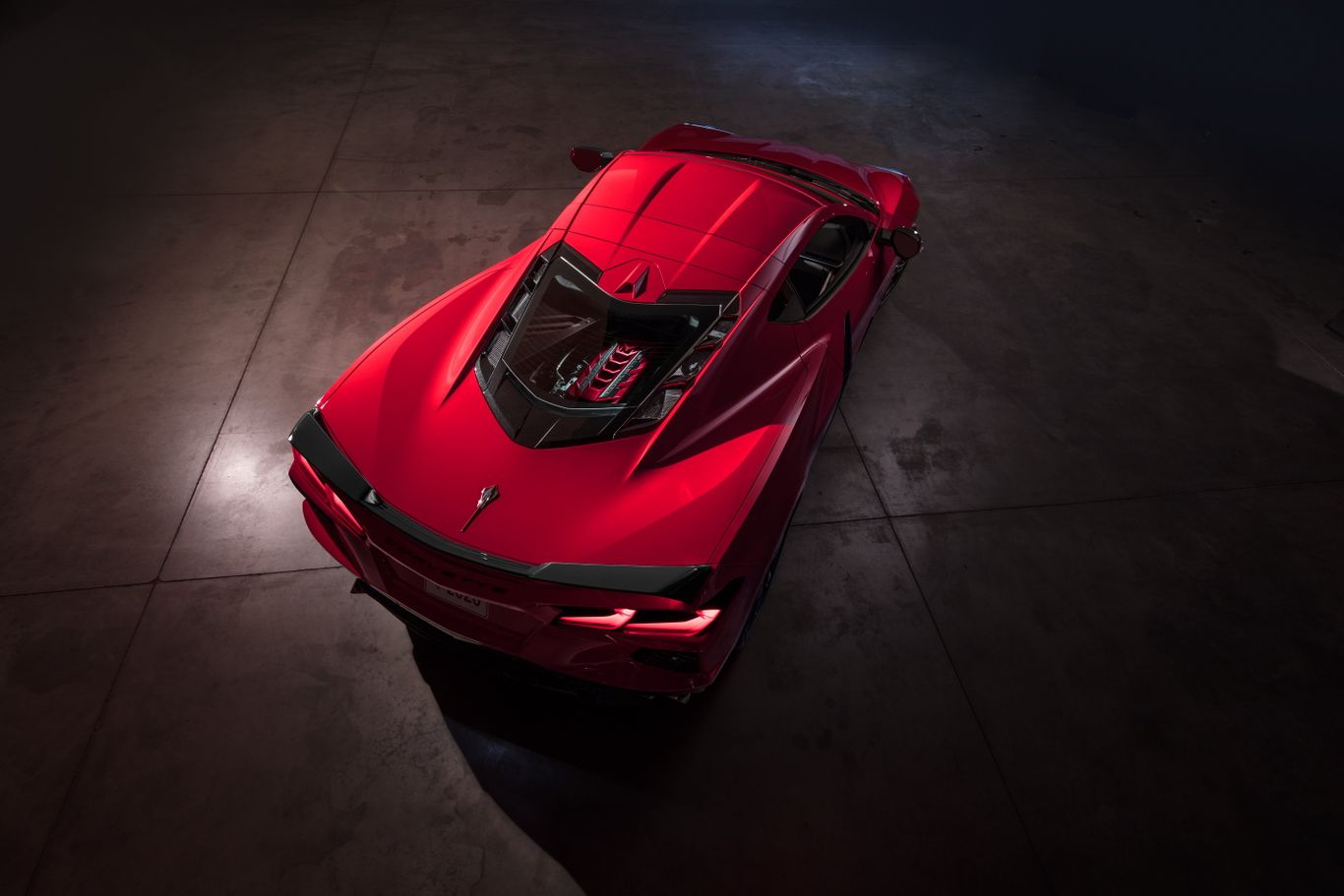The announcement of the mid-engined C8 Corvette has taken the interwebs by storm. With a base price of around $60,000 a car nut can get a world class drivetrain, suspension, and performance at a pittance. For a few bucks more, the performance goes up substantially – under 3.0 second 0 – 60 time; with the 3LT and Z51 options, among others, stroked on the order sheet the price may rise to the mid $80k range. But this is going to be on helluva performance value, however you slice it.
And that’s in keeping with what the Corvette has been in it’s last three incarnations. Starting with the C5, introduced in 1996, the Corvette has actually been one of the most technically brilliant cars built – especially when price is factored into the mix.
But wait, they say, what about the fact that the Corvette used pushrod engines and leaf springs. Glad they asked . . .
Starting with the C5 Corvette, Chevy utilized a manufacturing process known as hydroforming to build the stiff lightweight chassis. They then split the engine from the transmission and utilized a torque tube to send power from the engine to the transaxle located in the back. A front mid-engined layout if you will, and one that was pioneered in road going vehicles by Lancia in the 1950s and Alfa-Romeo. It keeps the weight behind the centerline of the front wheels and shifts the transmission weight to the rear. It really is great for performance but packaging suffers (a roomy Corvette – ha!).
Then there is the brilliance of the pushrod V8 – the latest generation GM V8s are spectacular and before everyone gets on the, “But DOHC is more modern”, remember in an era of flathead motors the 1911 racing Peugeot had double overhead cams – so they’re almost as old as pushrod overhead valve engines. But why pushrods? (Even knowing that DOHC engines have been around forever doesn’t mean that they’re not good.) Well, given a practical RPM limit (say around 7500) pushrods work well and allow for lower engine height than a DOHC – when coupled with a dry sump oil system that weight moves even lower.
And that leaves the leaf springs. The C5-7 Corvettes utilized wishbone components in front and rear with a fiberglass monoleaf spring at the very bottom. There’s weight moved low again, and because the leafs are transverse they reduce the diameter requirements for antiroll bars – further weight savings. Racing Corvettes utilize coil springs but that is because the springs need to be changed for every individual track – the street going Corvettes don’t require frequent spring changes.
The C5-7 Corvettes were phenomenal handling cars worth buying once price and availability are factored in; and now, given the C8’s double clutch automated manual gearbox, the C5-7 are the last of the ‘row your own’ gearbox Corvettes.
And given the hype of the C8 there are C7s languishing on dealers’ lots looking for their ‘forever’ homes. Suspect there’s some trunk money to boot. So, if you have a hankering for unconventional muscle the C5-7 Corvettes are a good bet.


